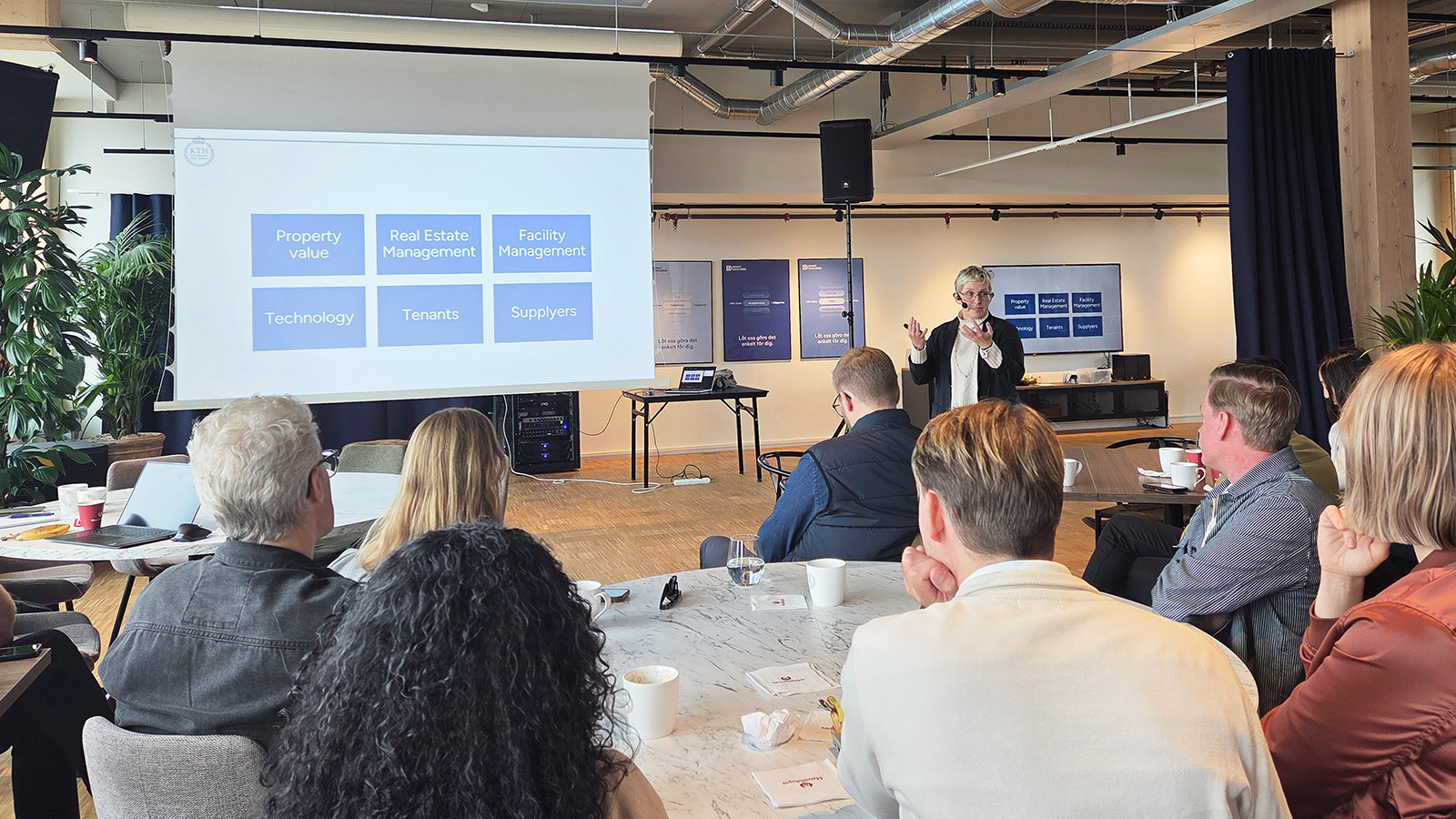On 2 October, the Dig-IT Lab conference brought together researchers and industry partners to share knowledge and explore new paths for accelerating digital transformation in the built environment. The event also marked the much-anticipated inauguration of Testbed Xn.
Some 70 participants attended the 2025 DIL Conference, which featured keynote presentations, poster sessions, and a networking lunch. The long-awaited collaborative platform Testbed Xn was also introduced. It is set to become a key digital infrastructure hub within the Dig-IT Lab, enabling real estate companies and researchers to co-develop and test scalable digital solutions.
“Having the testbed up and running is a milestone for the project. It demonstrates how integration and collaboration can support testbed participants and encourage others to join, helping establish this way of working in the industry,” says John Wibrand from Swegon.
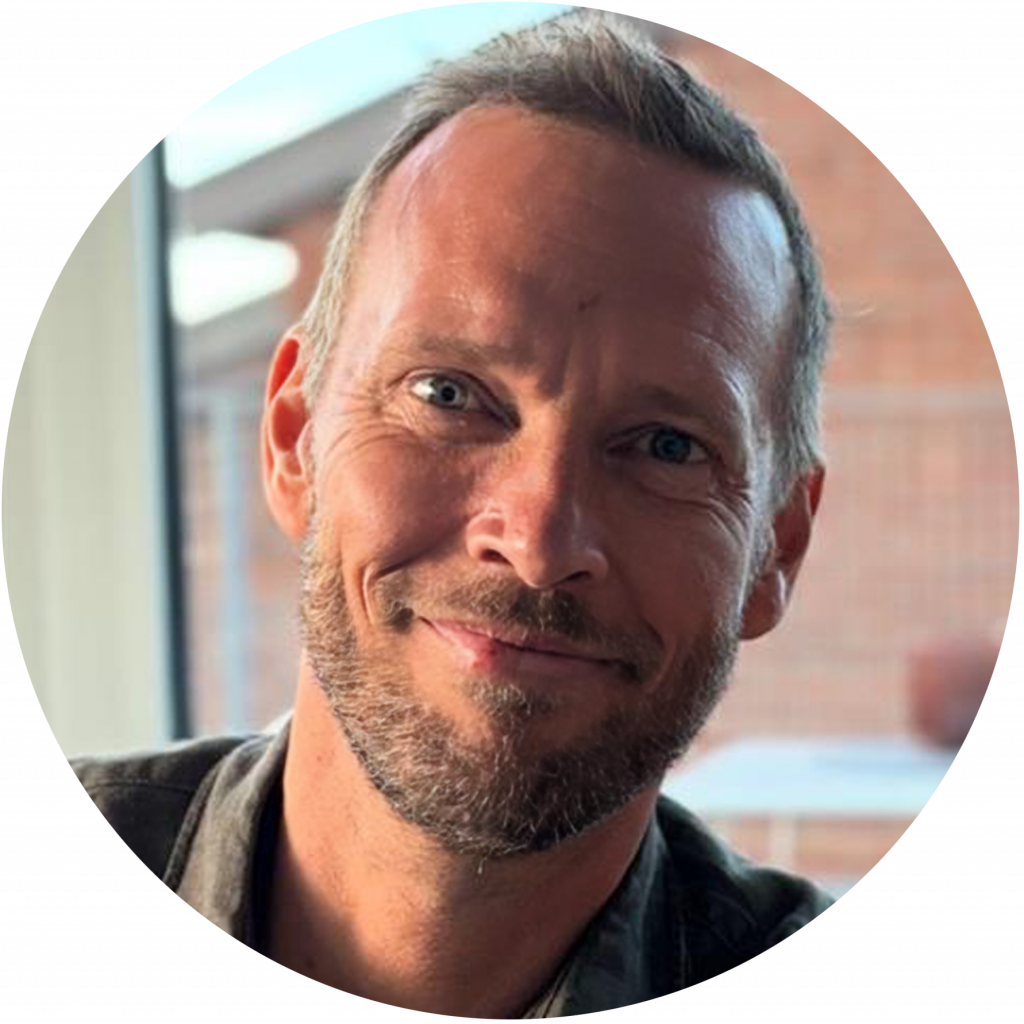
Tobias Davidsson, Enterprise Architect at Akademiska Hus and member of Dig-IT Lab, emphasises that growing expectations from stakeholders in the real estate sector call for collaboration.
“Within Testbed Xn, organisations can pool resources, explore architectural design choices, share datasets, and co-create solutions that work across traditional company and domain boundaries,” says Tobias Davidsson.
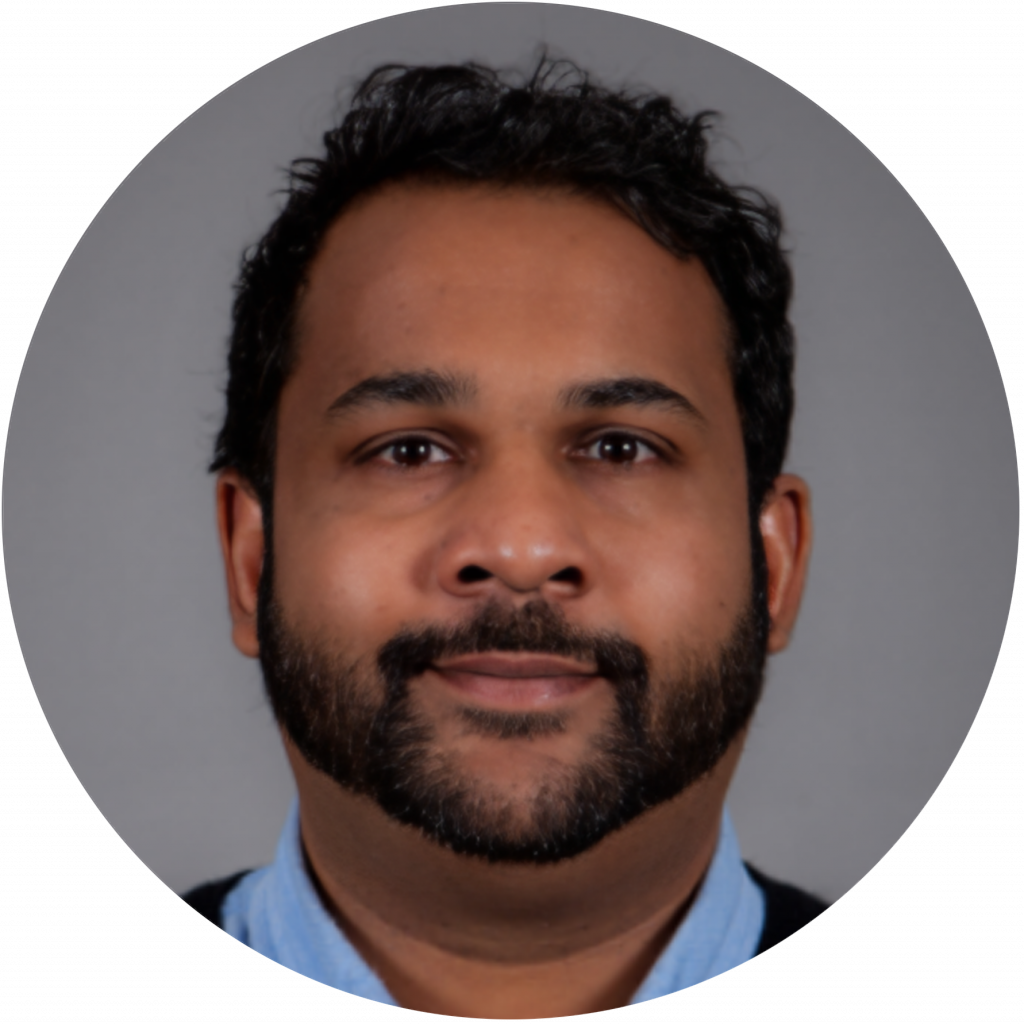
The platform, a collection of testbeds – X1, X2, X3, and so on – allows solutions to be tested and refined, reducing risk, accelerating learning, and turning promising concepts into industry-ready solutions.
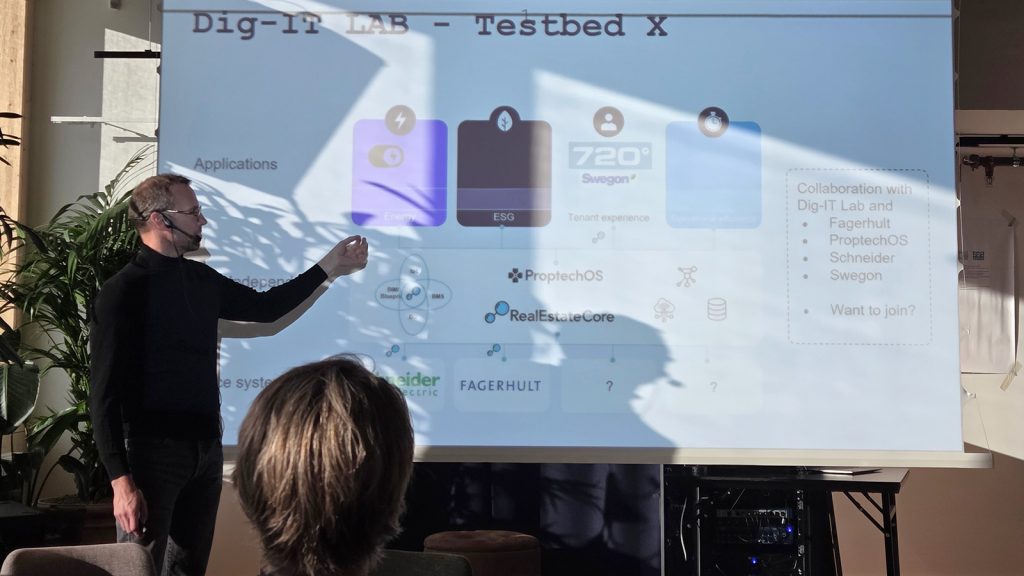
An evolving framework
At the conference, the Dig-IT Lab project OpenBuildingGym was also introduced. It is one of the latest extensions of the Testbed Xn framework, streamlining the testing of third-party building control solutions to help property owners assess benefits and reduce risks.
“The ultimate goal is to develop an open, gold-standard benchmarking platform built on high-fidelity building models that accurately estimate a solution’s real-world performance,” says Stefan Magureanu from Myrspoven.
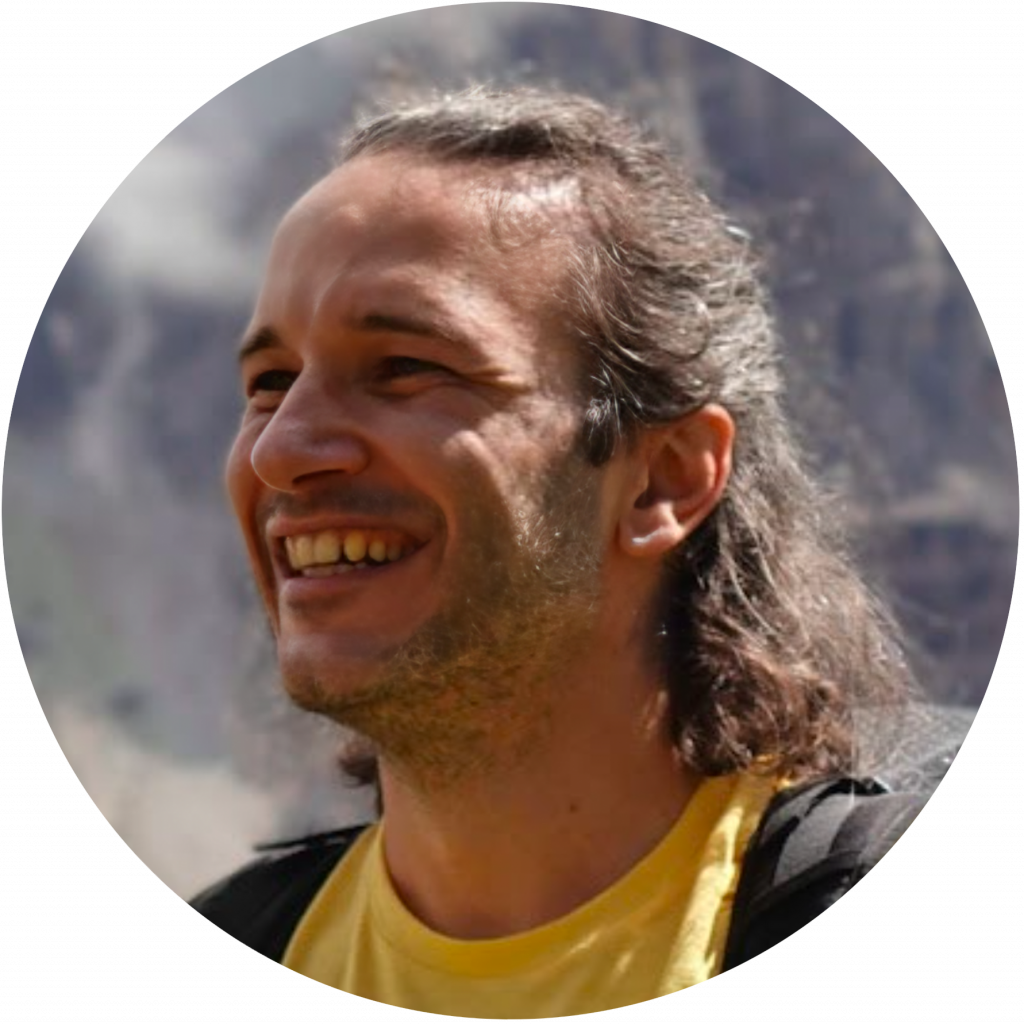
The next step for Testbed Xn will focus on moving from experiment to production, streamlining that leap to make it as smooth and practical as possible, while also planning and launching new experiments.
”Thanks to the lessons learned from the smart lighting case, we’ll continue evolving the Testbed Xn concept and the framework,” says Rafael Gómez García, RISE.
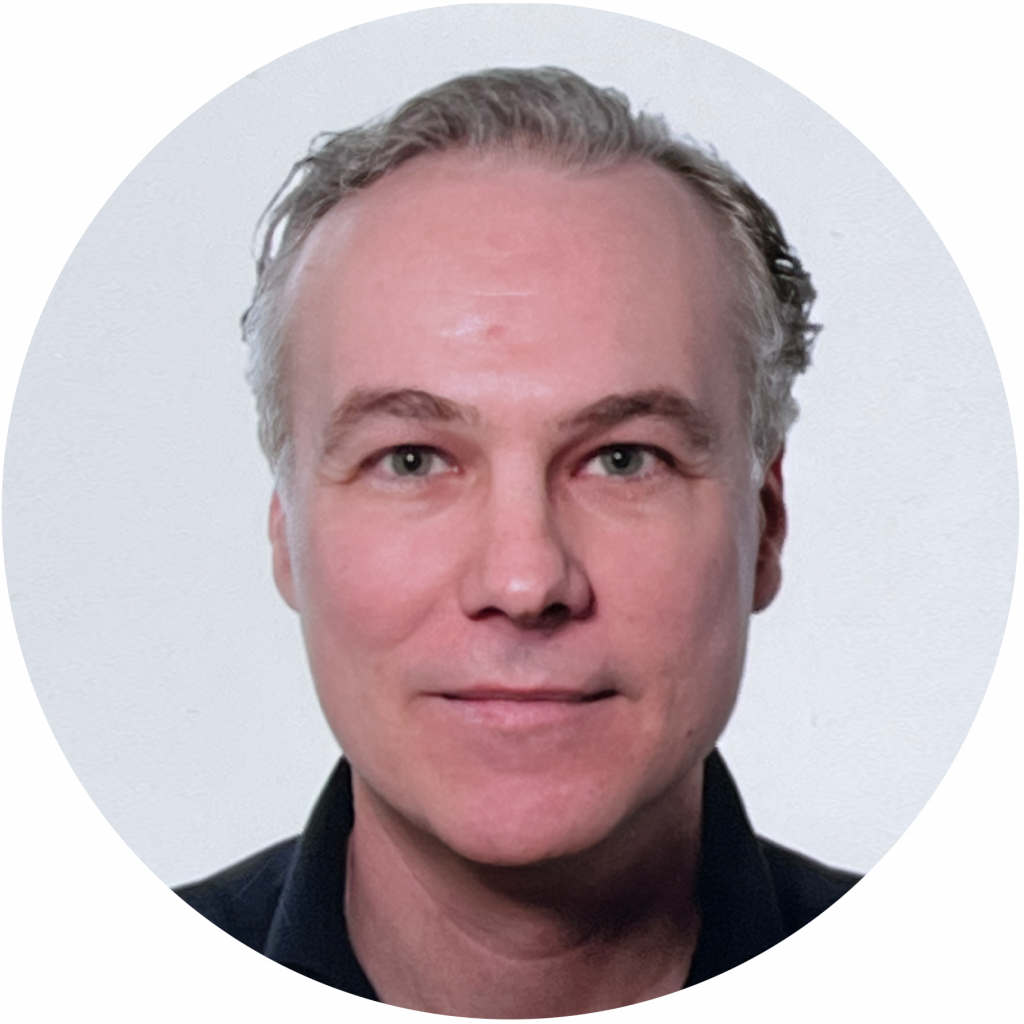
Keynote presentations
The conference featured five keynote presentations, including Guest Keynote Speaker Tino Weinkauf, Professor at KTH’s Division of Computational Science and Technology.
Malena Havenvid, Associate Professor at the Division of Construction and Facilities Management, highlighted that successful digital transformation depends on clear strategy and active collaboration between established actors and newcomers to drive learning and innovation.
Tobias Oechtering, Professor at KTH’s Division of Information Science and Engineering, talked about how building trust in digitalisation requires strong privacy measures, noting that privacy-by-design in digital twins can prevent major innovation failures.
The other two presentations were delivered by researcher Angela Fontan, who introduced the AIDA project, and Qianwen Xu, who discussed digital twin–integrated smart microgrids for sustainable and resilient communities.
Poster session
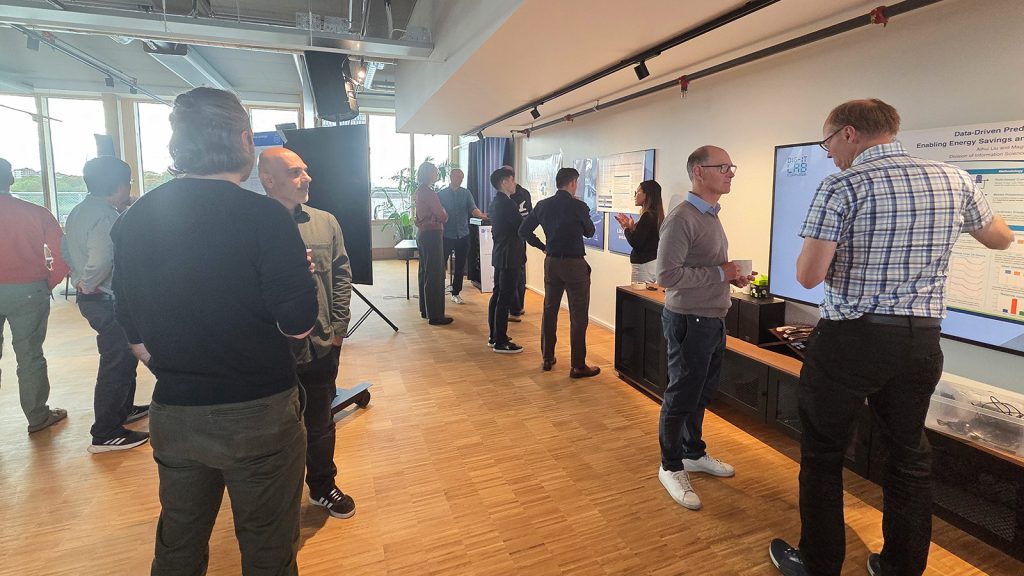
The conference concluded with a poster session, where seven PhD students showcased their research, providing an opportunity for informal discussion and knowledge exchange.
The posters from Aihui Liu, Supriya Mini Soman, Zhipeng Li, Ci Song, Kanha Teang, Björn Boberg, Vignesh Ayyathurai, Pengju Liu are available in the members area.
Some quotes from the event
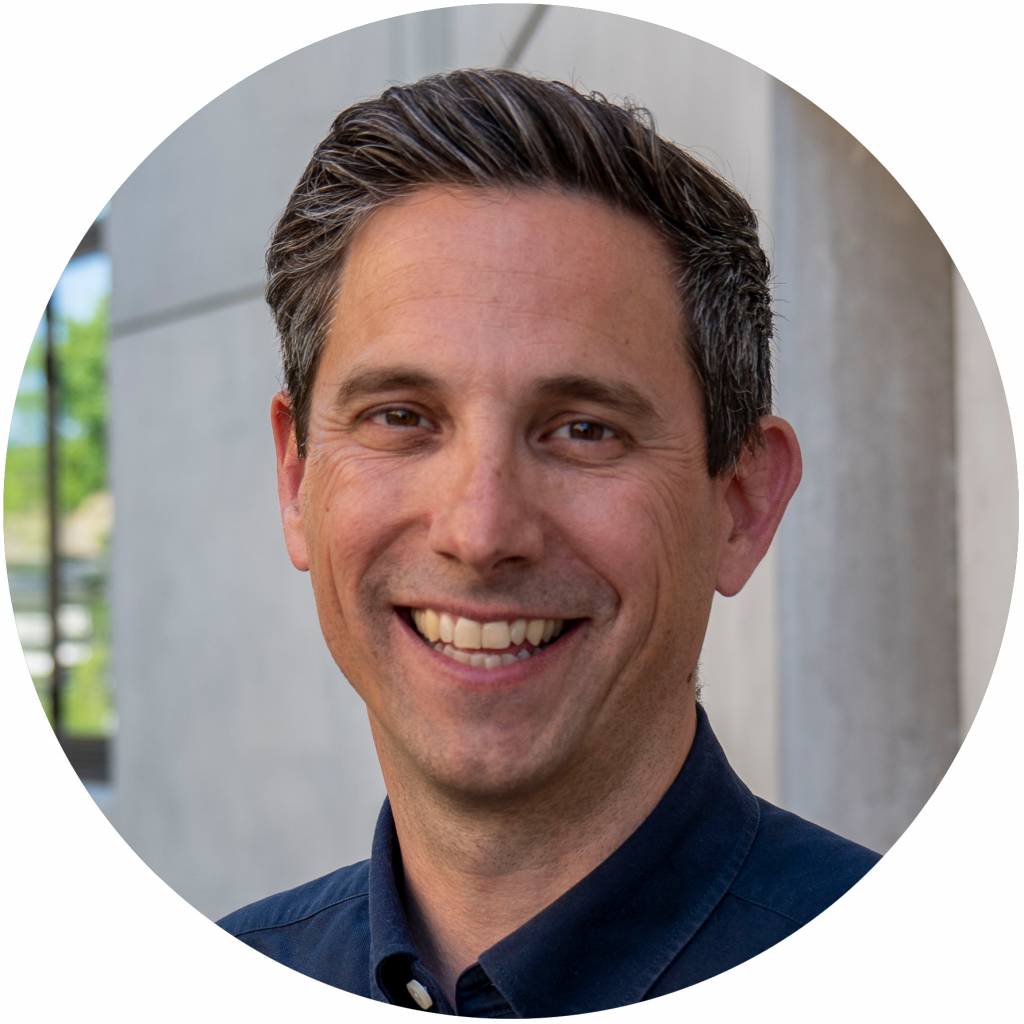
“From artificial intelligence to human collaboration – the energy was real, the ambition shared.”
Micke Dimadis, Einar Matsson
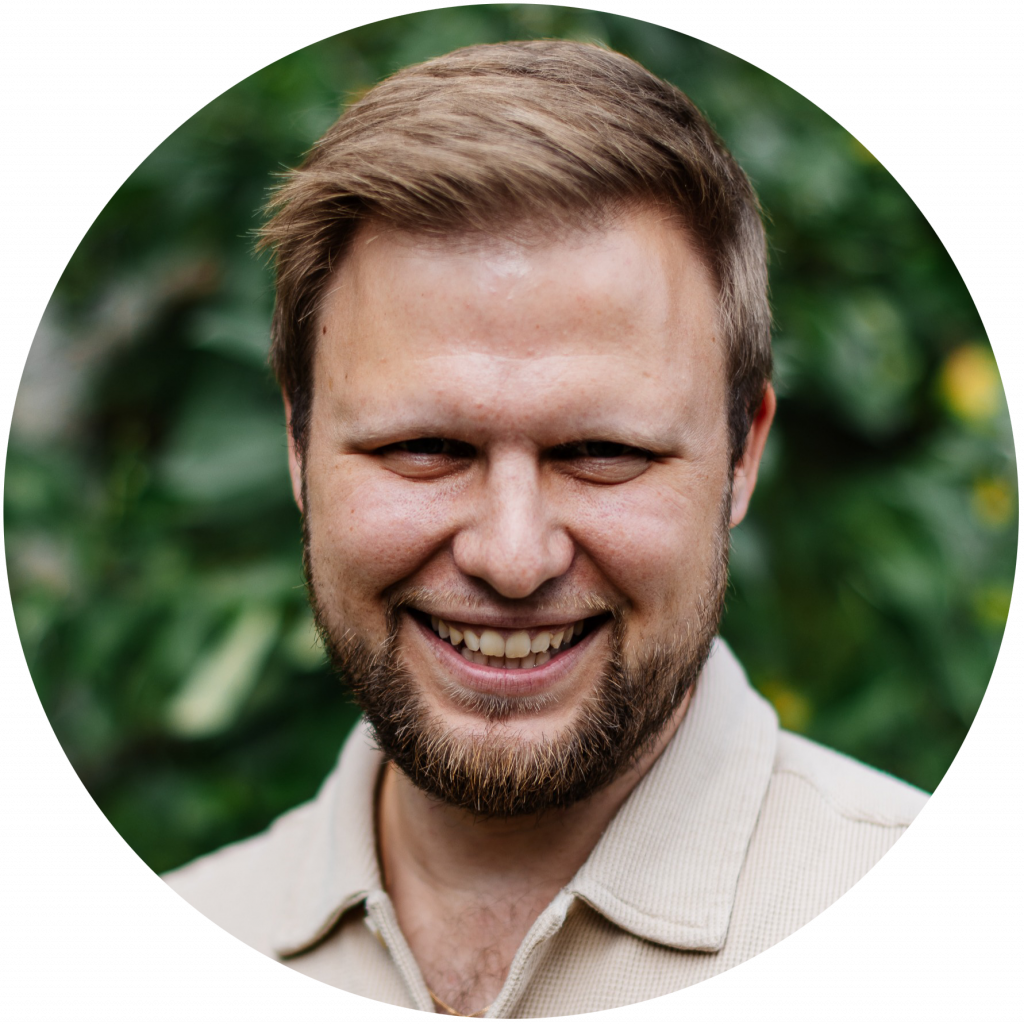
“The day carried a sense of togetherness, sharing of knowledge and networking, where it felt like everyone attending could take something back home to reflect on.”
Mathias Schmidt Berglin, SISAB
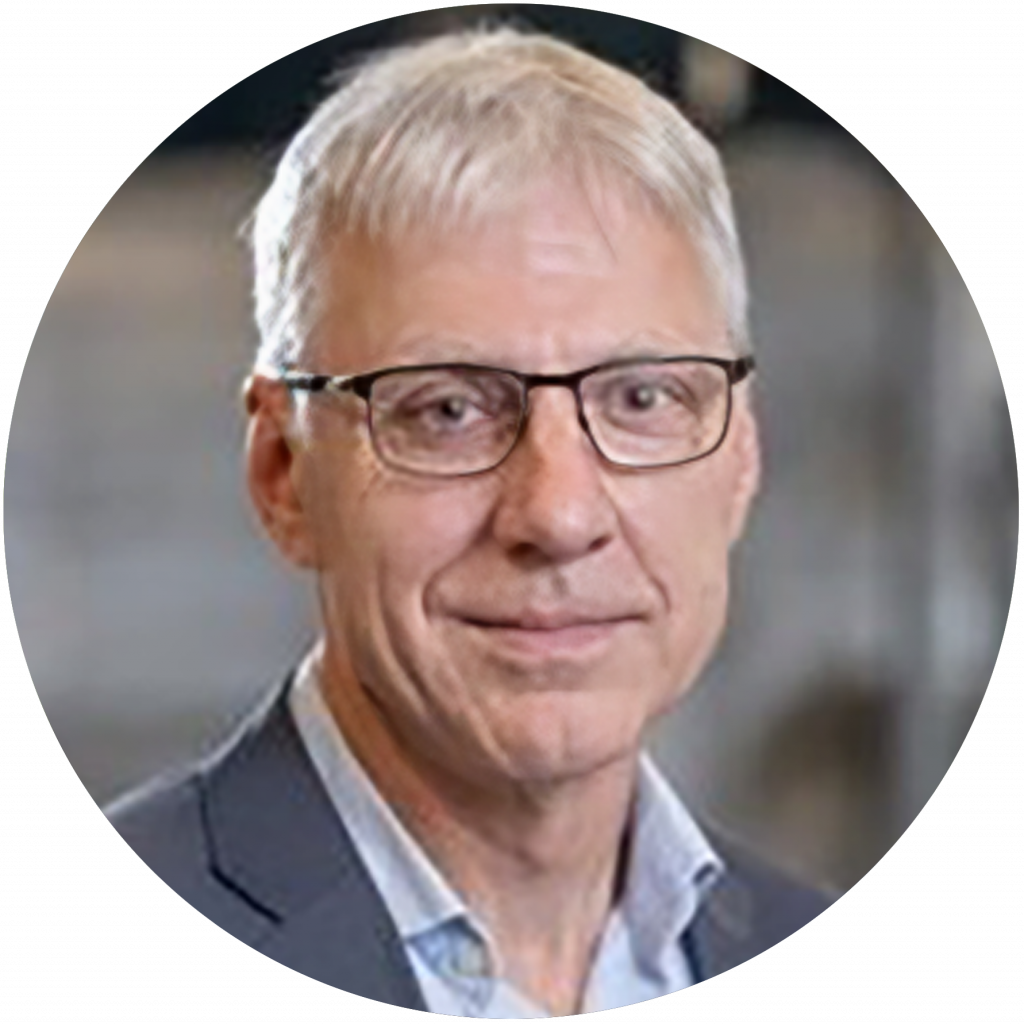
“Very interesting to listen to the work and ambitions of the various research groups.”
Ulf Näslund, Vasakronan

